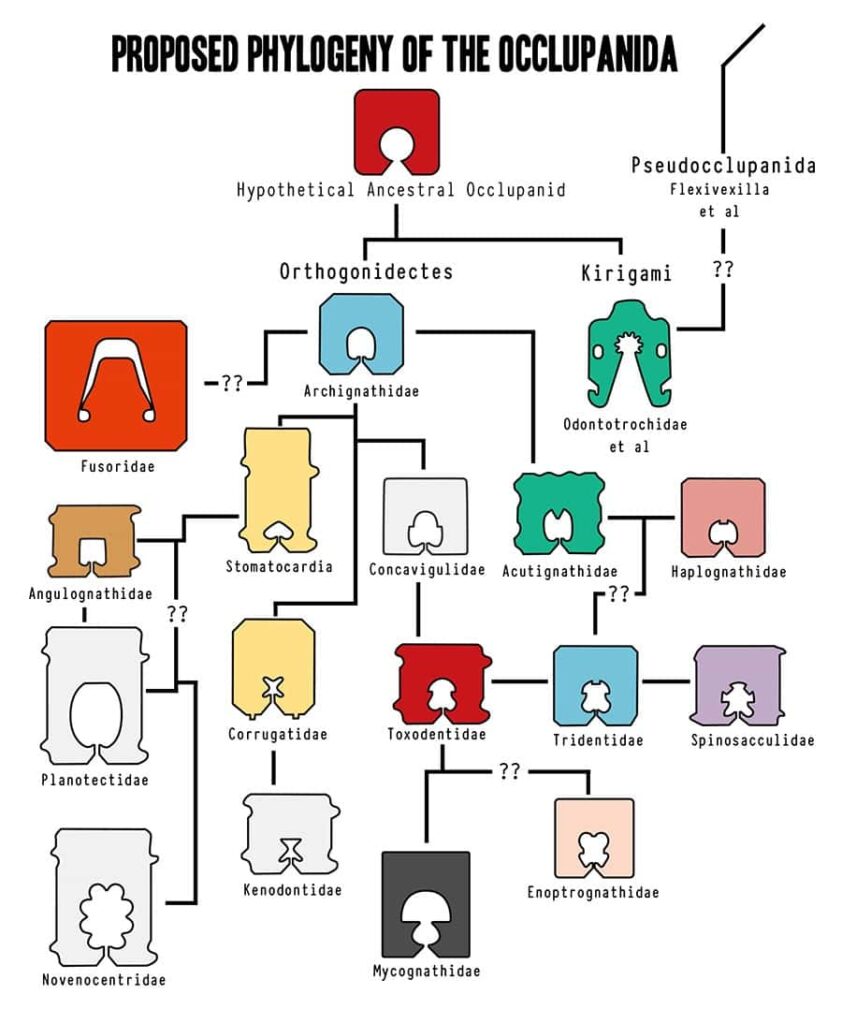
Ever wondered about the little plastic clips that keep your bread fresh? Explore the fascinating taxonomy of bread tags, also known as occlupanids, with the Holotypic Occlupanid Research Group (HORG). From their various shapes and colors to their quirky classification, learn why these everyday objects have sparked a unique interest. Plus, find out if the color of your bread tag reveals the freshness of your loaf! Dive into the fun, unexpected world of bread tag taxonomy and see your bread clips in a whole new light.
Despite their thorough examination of these “bread clip” species, the group has yet to delve into a more practical aspect of bread tag taxonomy: the potential significance of the color coding used on bread tags, which in some regions indicates the day of the week the bread was baked. This information could prove genuinely useful to consumers seeking fresher loaves, but HORG’s focus remains on the structural and aesthetic characteristics of these clips rather than their functional implications.

Occlupanids are generally found as parasitoids on bagged pastries in supermarkets, hardware stores, and other large commercial establishments. Their fascinating and complex life cycle is unfortunately severely under-researched. What is known is that they take nourishment from the plastic sacs that surround the bagged product, not the product itself, as was previously thought. Notable exceptions to this habit are those living off rubber bands and on analog watch hands.
In most species, they often situate themselves toward the center of the plastic bag, holding in the contents. This leads to speculation that the relationship may be more symbiotic than purely parasitic.
Discover more from Grubbits
Subscribe to get the latest posts sent to your email.
